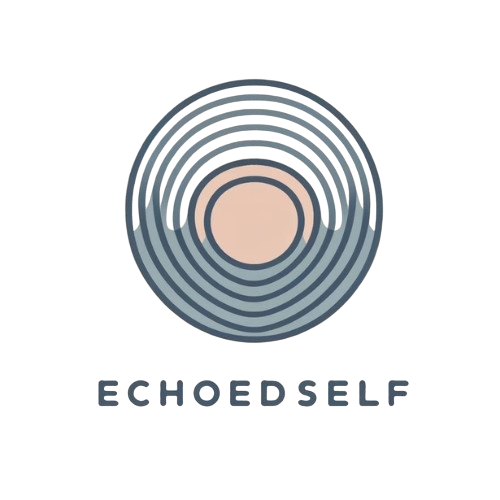The phoenix in your art: Transformative creative practices
Smoke rises in slow spirals, curling into the air, leaving behind only embers and silence. But from that silence, from the ash and the darkened ground, something begins again. The phoenix—mythical, radiant, reborn—has long captured the imagination of artists, storytellers, and seekers across cultures. Its cycle of burning, collapse, and return is more than myth. It’s a creative truth.
Art, like the phoenix, often demands a letting go. Sometimes we begin not with blank canvas, but with something broken, covered, or undone. The phoenix reminds us that within destruction lies the seed of creation. And in the studio, as in life, we are always in motion—rising, transforming, becoming.
The phoenix as a symbol: Rebirth through creative collapse
Smoke rises in slow spirals, curling into the air, leaving behind only embers and silence. But from that silence, from the ash and the darkened ground, something begins again. The phoenix—mythical, radiant, reborn—has long captured the imagination of artists, storytellers, and seekers across cultures. Its cycle of burning, collapse, and return is more than myth. It’s a creative truth.
Art, like the phoenix, often demands a letting go. Sometimes we begin not with blank canvas, but with something broken, covered, or undone. The phoenix reminds us that within destruction lies the seed of creation. And in the studio, as in life, we are always in motion—rising, transforming, becoming.
Techniques for phoenix-inspired texture & layering
To embody the phoenix’s rebirth, we begin not with perfection, but with texture, weight, and memory.
Start with a foundation that feels raw. Use thick layers of dark gesso, collaged papers, sand, or textured paste. Apply color roughly, instinctively. Let the surface become charred, chaotic, or dense—representing what is being left behind.
From this foundation, rebirth begins.
Distress and reveal: Use a palette knife, sandpaper, or even your fingers to scrape into dried layers, uncovering what lies beneath. This mirrors emergence—like fire cracking open the old to make way for the new.
Build in contrast: Over the textured base, add strokes of gold, crimson, or warm orange. Let light bloom where darkness once sat. Allow the new layers to be luminous, energetic, full of breath.
Repair with intention: Borrowing from the philosophy of kintsugi, you can highlight cracks and damage with metallic accents. Let the breaks become beauty. This is not about hiding wounds, but honoring them.
Mixed media thrives here: use charred wood, burned paper, metallic leaf, even embedded objects. These materials hold memory. They carry weight. They tell a story of what was and what is becoming.
Phoenix-inspired color palettes: Fire, ash, and light
The colors of the phoenix are not just symbolic—they are felt. They stir something ancient.
Deep reds evoke courage, rooted passion, and fierce resilience. They are the core of the fire, steady and unwavering.
Burnt oranges and coppers offer vibrancy and transformation—fire in motion, energy becoming.
Gold is the crown of rebirth. It is illumination, emergence, radiance. Use it as a highlight, a beacon in your piece.
Smokey grays and soft charcoals balance the heat. These are the ashes—the quiet aftermath, the reflection. They give your composition grounding and weight.
For a mystical quality, incorporate indigos, deep purples, or midnight blues. These evoke the cosmos, hinting at rebirth not just of body, but of spirit.
Let your palette shift as your story unfolds—from shadow to light, from density to breath.
Embodying the phoenix: Art as a process of becoming
You don’t need to paint a literal phoenix. The story lives in the process.
One powerful way to begin a phoenix-inspired piece is through intuitive release:
Write or sketch thoughts, emotions, or memories you’re ready to let go of directly onto the canvas or substrate.
Cover them with rough, dark layers. Let this be messy, honest, imperfect.
Pause. Breathe. And then begin adding new energy—through strokes, symbols, color, or texture.
Let your hand lead, not your mind. Let the fire move through you.
This approach isn’t about control. It’s about permission. You are allowed to break. You are allowed to begin again.
Symbolically, phoenix energy can take many forms: a figure rising from fragmented lines, an abstract storm resolving into light, or a torn collage mended with gold. There is no right way—only the path that mirrors your own becoming.
A practice of creative resilience
Phoenix art is not only for times of crisis. It can also mark thresholds—beginnings, endings, renewals. Birthdays, transitions, career shifts, relationships, recoveries. These are all moments when the old falls away, and something new flickers to life.
Let your studio become a sanctuary for that change.
Create a ritual: play fire-inspired music, diffuse cedar or frankincense, burn incense, or simply light a candle. Begin each session with a question: What is ready to rise? What needs to fall away?
Allow art to become the flame.
The phoenix within you
Every artist—every person—holds a phoenix within them. The capacity to be undone and still begin again. To fall into ash and emerge not broken, but burning brighter.
In your hands, in your brush, in your body—you carry the fire. And through your creative process, you can learn to trust it. Not to control it, but to surrender to it. To let it transform you.
So when the time comes—when a canvas feels lost, when life feels unraveled, when the future feels uncertain—remember this:
The phoenix always rises.
And so can you.
